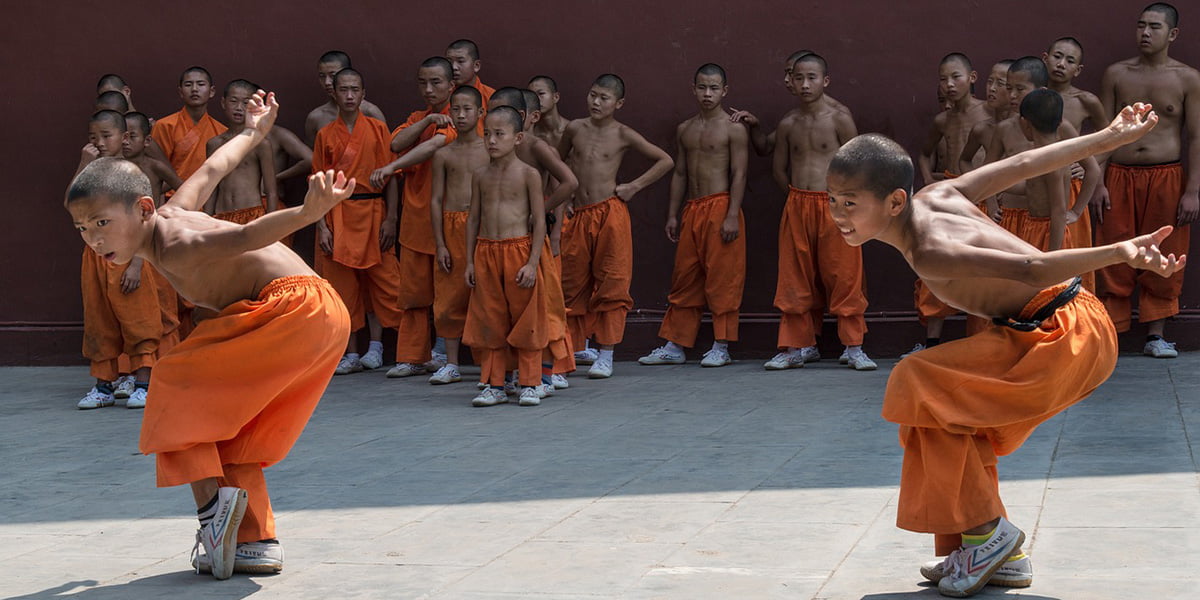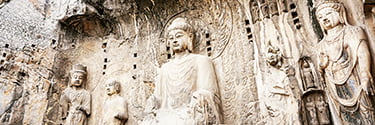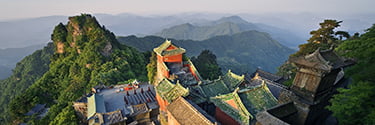Exploring the Essence of Chinese Ceramics: A Journey Through Jingdezhen and Suzhou
China, a land steeped in history and artistic traditions, boasts a heritage that spans thousands of years. Among its many cultural treasures, Chinese ceramics stand as a testament to the country’s rich legacy. As travelers embark on their journeys across China, two cities shine as the heart of this ceramic tradition: Jingdezhen and Suzhou. This article delves into the history, techniques, and cultural significance of Chinese ceramics, particularly the world-renowned blue and white porcelain, while showcasing how a visit to Jingdezhen and Suzhou offers a profound connection to this ancient craft.
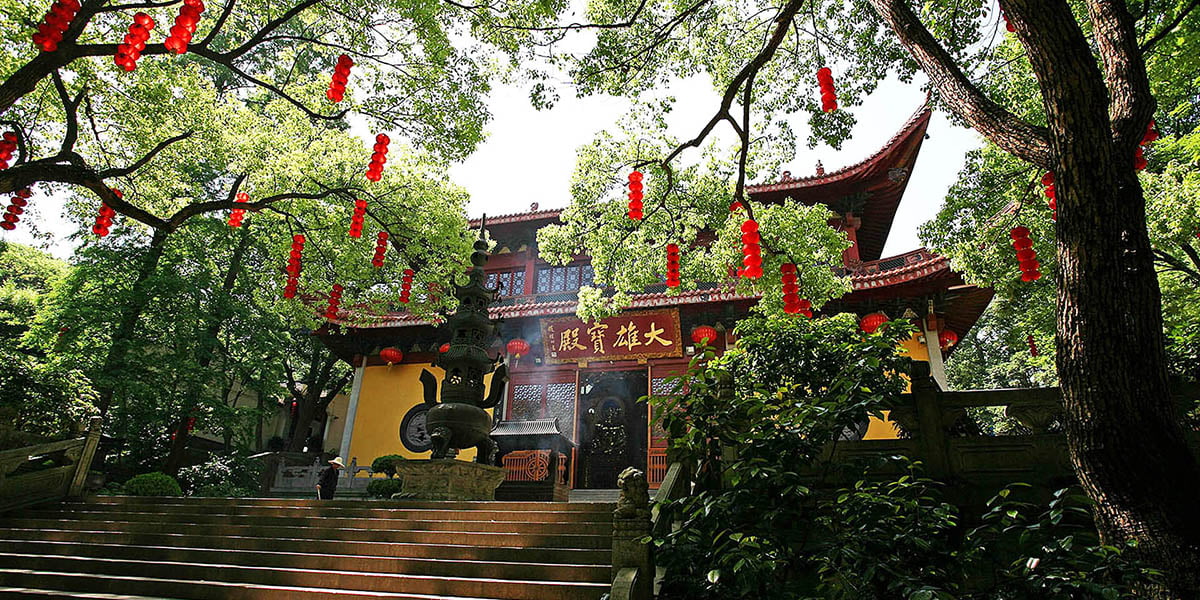
The Historic Roots of Chinese Ceramics
To appreciate the artistry of Chinese ceramics is to take a step back in time, immersing oneself in a world of craftsmanship and innovation that dates back over a millennium. Jingdezhen, often referred to as the “Porcelain Capital,” holds a special place in this story. Its ceramic roots run deep, with a history that can be traced as far back as the Han Dynasty (206 BCE – 220 CE).
The techniques developed in Jingdezhen revolutionized ceramic production. The city’s artisans mastered the art of porcelain-making, creating delicate pieces that quickly gained fame across China and beyond. Among these, the iconic blue and white porcelain stands out for its intricate designs, intricate patterns, and timeless elegance.

The Beauty of Blue and White Porcelain
Blue and white porcelain, known as “qinghua” in Mandarin, is a quintessential representation of Chinese ceramics. The technique involves painting intricate cobalt blue designs onto pristine white porcelain, creating a striking contrast that has captivated collectors and connoisseurs for centuries.
This art form found its zenith during the Ming Dynasty (1368-1644) when skilled craftsmen in Jingdezhen refined the techniques to perfection. The pieces produced during this era are regarded as some of the most exquisite examples of blue and white porcelain.
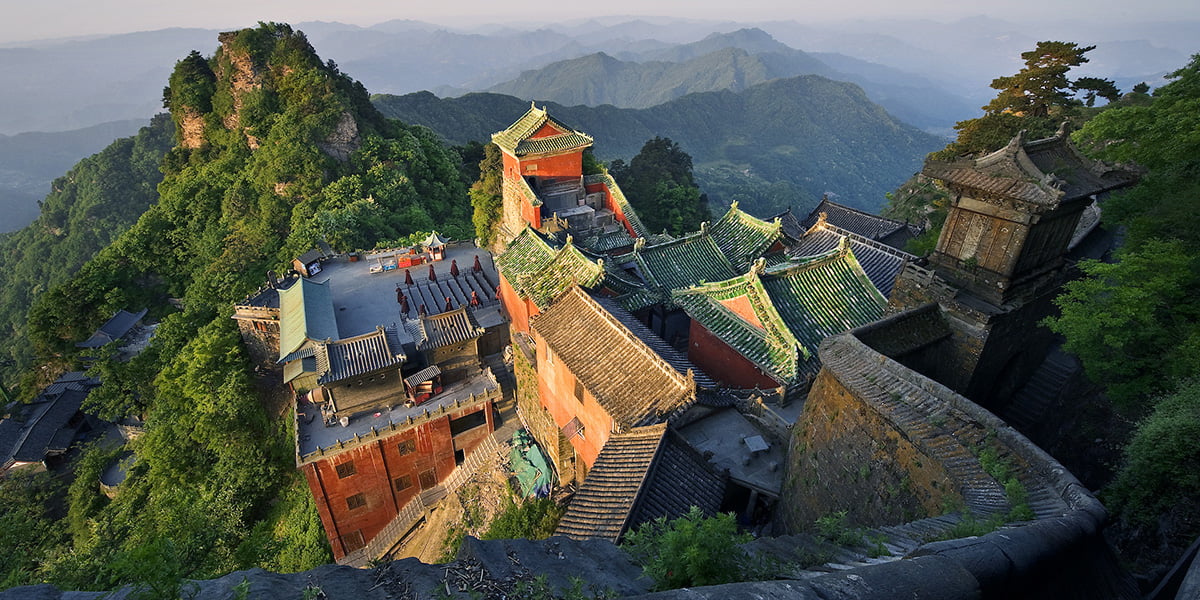
Symbolism and Significance
Chinese ceramics, especially blue and white porcelain, have deep cultural and symbolic significance. The blue color represents the heavens, while the white symbolizes purity. Together, they embody the harmony of the cosmos and the unity of opposites. These ceramics often feature intricate motifs, from traditional landscapes and floral patterns to scenes from Chinese mythology and folklore.

Journeying to Jingdezhen
For travelers intrigued by Chinese culture, a visit to Jingdezhen offers a profound connection to this ancient craft. This city, often called the “Porcelain Capital of the World,” is renowned for its rich history of ceramic production.
Visiting the Jingdezhen Ceramic Historical Museum: Start your journey in Jingdezhen with a visit to the Jingdezhen Ceramic Historical Museum. Here, you can explore the city’s ceramics heritage, witness the artistic process, and even try your hand at painting porcelain.
Exploring Ancient Kiln Sites: Jingdezhen is home to ancient kiln sites that date back centuries. Visiting these sites offers a glimpse into the traditional methods of firing ceramics and the city’s role in shaping China’s ceramic history.

Continuing to Suzhou
After immersing yourself in the world of ceramics in Jingdezhen, continue your journey to Suzhou. This city, often called the “Venice of the East” for its intricate canal system, is renowned for its classical Chinese gardens and silk production. While Suzhou is not typically associated with ceramics like Jingdezhen, it plays a pivotal role in the broader cultural tapestry of China.
Visiting the Lingering Garden: Start your journey in Suzhou with a visit to the Lingering Garden, a UNESCO World Heritage Site. While famed for its classical garden design, it also houses a ceramic exhibit that showcases Suzhou’s contribution to Chinese ceramics.
Exploring the Suzhou Museum: Designed by renowned architect I. M. Pei, the Suzhou Museum is a modern architectural masterpiece that pays homage to the city’s artistic heritage. Inside, you’ll find exhibits that touch upon various aspects of Chinese culture, including ceramics.

The Connection to Travel
Chinese ceramics, with their timeless beauty and cultural significance, serve as windows into China’s past and present. A journey to Jingdezhen and Suzhou isn’t just about admiring exquisite porcelain; it’s about connecting with a heritage that has shaped the nation’s identity.
As you explore the cities’ museums, ancient kiln sites, and gardens, you’ll witness the marriage of tradition and innovation. You’ll see how ancient techniques coexist with modern creativity, producing pieces that resonate with a global audience.
Conclusion: A Journey into China’s Ceramic Heritage
In a world that often feels dominated by mass production and disposability, the artistry of Chinese ceramics, especially blue and white porcelain, is a reminder of the enduring value of craftsmanship and tradition. It is a testament to the beauty that emerges when culture and creativity intersect.
So, as you plan your travels through China, consider including Jingdezhen and Suzhou on your itinerary. Immerse yourself in the world of Chinese ceramics, learn the stories etched into each piece, and witness the art form’s continued evolution. Your journey through this ancient craft promises not only exquisite souvenirs but also a profound connection to China’s cultural heritage. Travel is not just about seeing new places; it’s about experiencing the essence of a destination. In Jingdezhen and Suzhou, cities intertwined with China’s artistic soul, you’ll discover a heritage that continues to shape the nation’s artistic soul. Your odyssey into the world of Chinese ceramics awaits!


